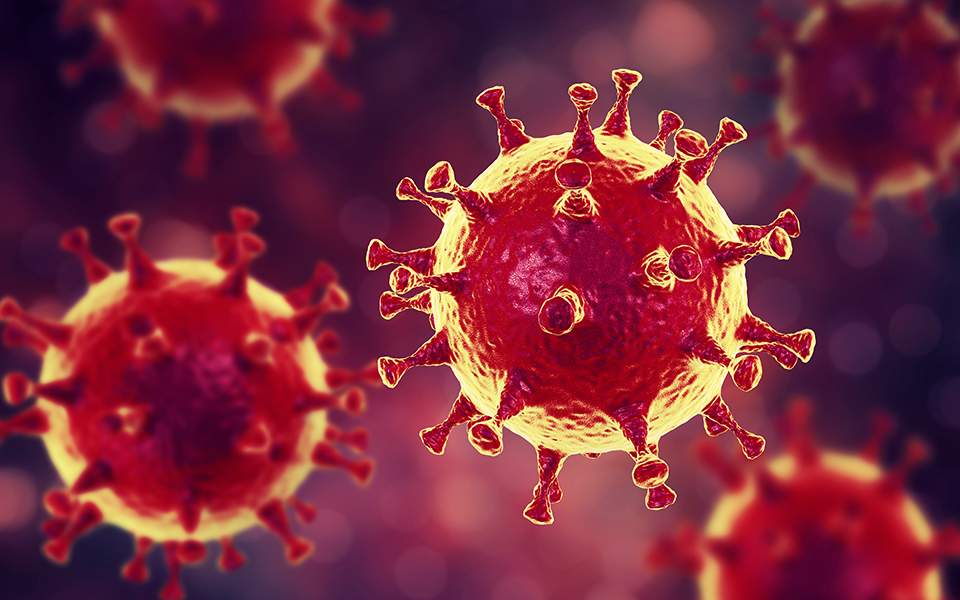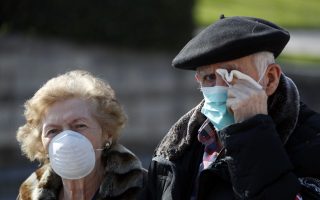The best-case scenario

Under the best-case scenario, May 10 or some other point mid-May will be a landmark. The government hopes that, by then, measures to flatten the notorious curve will pay off, evening off the number of new infections and deaths and perhaps even reducing them. Such a flattening of the curve would allow it to ease restrictions so that the economy can start functioning again and the people can get some respite from their confinement. This scenario is obviously based on epidemiological models, though there are all sorts of “ifs” to take into account:
If the unruly populations of cities heed the government’s warnings and don’t break all the rules at Easter; if communities in small towns and villages finally start abiding by the measures and laws instead of believing, as they seem to have so far, that they only apply to cities; if we don’t get ticking time bombs going off at refugee and migrants camps and at large Roma camps; if doctors and nurses on the frontline do not sustain losses of staff; if the clerics of the Church of Greece cooperate with the government; if the rise in temperatures helps stem the spread of the virus…
If all of these and many other ifs turn out well in the next few weeks, the situation could improve by mid-May and the government could ease restrictions. Although this will be an important milestone, it will also be a major risk and this is something that the political leadership and its experts need to take into account. They will also have to take the risks to more vulnerable members of society into special consideration, as the virus will continue to circulate among us. It will not be eradicated, just contained, so that the rate of deaths drops, meaning that there is a great risk of the epidemic exploding again. The onus if this happens will rest on the shoulders of the decision makers.
On the other hand, if the current situation persists into the summer in the event that all the ifs above go in a negative direction, that will create an almost insupportable burden on society’s mental health and the country’s economy.
If citizens are struggling with self-containment now, imagine what will happen when the summer sets in and temperatures top 30 degrees Celsius. Children and young people will find it even harder to cope with being isolated at home. The economy will also struggle. How long can the state continue to provide money and breaks for almost every worker (not accounting for those working off the books, who are by no means few) and business in the country?
What it effectively boils down to is that, whether the situation unfolds according to the best-case scenario or not, we need a cure for this virus and we need it fast.





